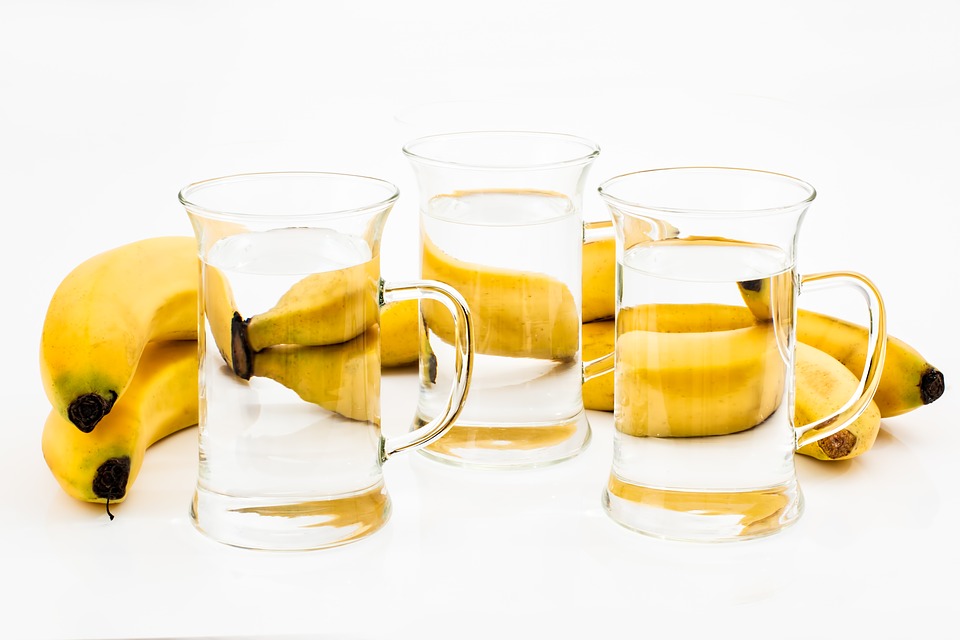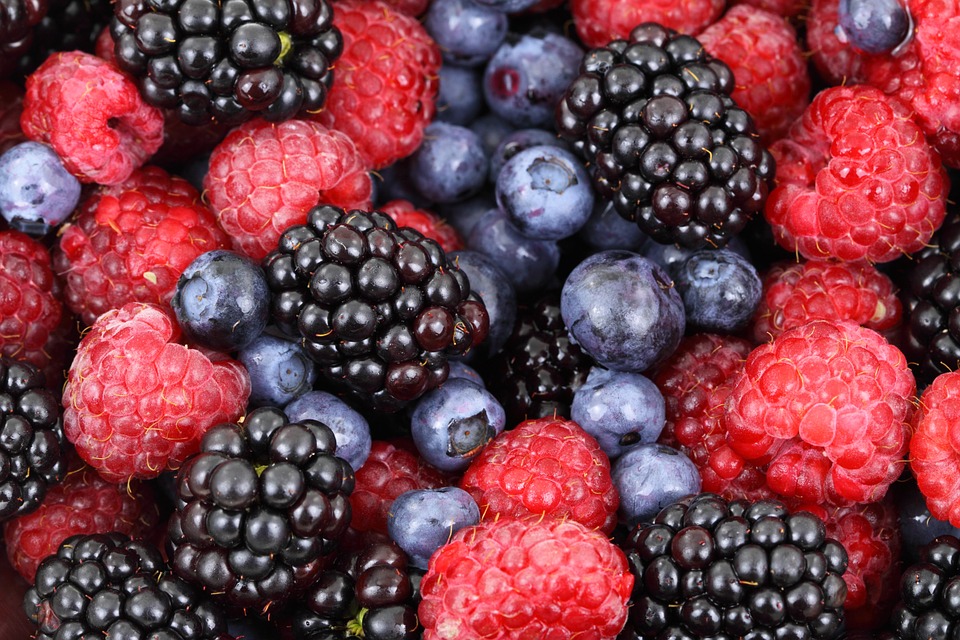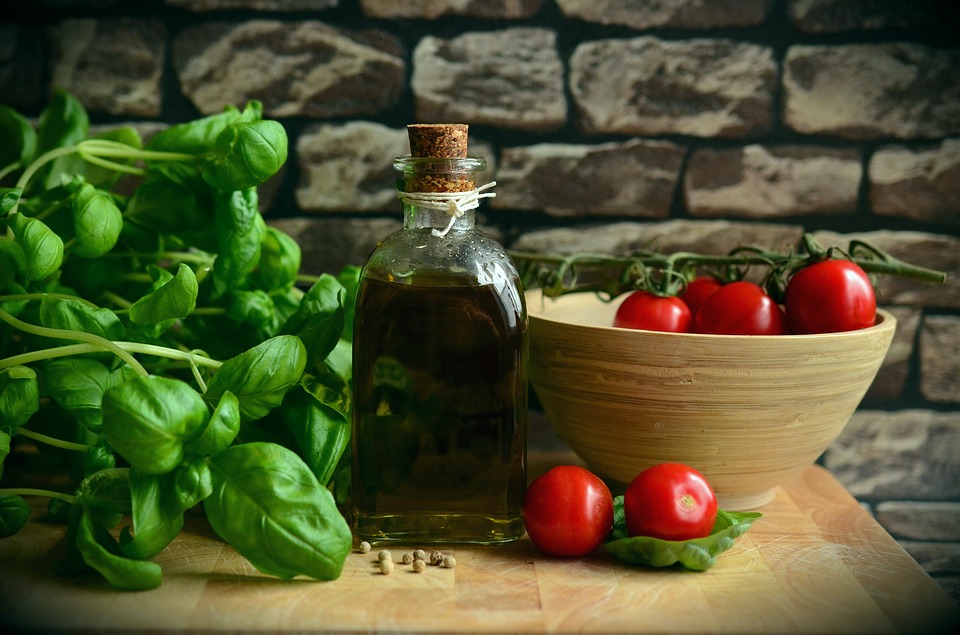Doug Vernon, Extension Outreach Specialist at the N.C. State Plants for Human Health Institute (PHHI) and Asma Warrich, REACH Program Coordinator at Cabarrus Health Alliance (CHA) work together to build school gardens in Cabarrus County and Kannapolis City Schools.
During a Q & A, Doug and Asma talk about the school gardens program and how it encourages students to grow their own food and eat more fruits and vegetables. For more information about the program, email Doug at dpvernon@ncsu.edu or Asma at Asma.Warrich@cabarrushealth.org.
Tell us about REACH and the school gardens program. How did you get started working together on building gardens with local schools?
Asma: REACH (Racial and Ethnic Approaches to Community Health) is a grant from the Centers for Disease Control and Prevention that was awarded to CHA in 2014. Its main focus is increasing access to healthy eating, including school gardens.
Doug: Before REACH, I was simply offering help to schools to start using gardens for teaching. There was no official program to it – schools would just call and say, “can you help us get started?”
During the first year of REACH, we determined which schools in Kannapolis that would receive gardens. Each school garden kit was tailored to each school’s individual needs. The school gardens in local schools really started to flourish thanks to funding provided by REACH, project coordination provided by CHA and Amy Bowman, STEM Education Extension Associate.
Asma: During the second year, there were eight school gardens all funded by REACH. CHA then received a one-year extension on the REACH grant, with the stipulation that REACH could only fund professional development as opposed to infrastructure.
Doug: We were able to continue building school gardens in REACH’s fourth year thanks to Earth Fare, funding one school garden, and Dole Food Company, funding three more.
Asma: This year we have four new school garden sites: Winecoff Elementary, W.M. Irvin Elementary, W.R. Odell Primary School, and G.W. Carver Elementary, the last elementary school from Kannapolis City Schools that didn’t have a garden.
Asma: First, schools sent in an application. Once approved, we met with them and gave them an overview of what to expect from the program. Then we began building the garden. The first year is always one big learning experience. Every school has different issues, but when the next year rolls around, they’ll know what to do all on their own.
Also, we give all of our sites a school garden kit: a really big bin that holds things like blenders, bowls, spoons, taste-testing cups, magnifying glasses, and life-cycle books that show children what’s actually growing in their garden.
Doug: Once we work with a school, we get emails regularly providing updates and asking questions. One teacher contacted me to tell me all of things that were being done with the garden in terms of curriculum: language arts (writing narratives about the trellises they built for their peas), music, technology (drones in the garden to teach pollination), math, and science.
Schools selected for REACH gardens this year signed a contract committing a garden team of ten focused on garden training.
Asma: This year, we provided the schools with two professional development sessions, one in the fall and one in the spring, led by Doug and Amy. They also hosted a garden curriculum-writing workshop at CHA in March, inviting teachers to learn about writing curriculums incorporating the garden. This is important, because teachers are more likely to teach curriculums that they’ve written themselves.
Doug: There is already a lot of good garden curriculum out there, but it doesn’t necessarily fit North Carolina standards. Creating standards-based curriculums is vital so teachers can continue with their existing lessons while incorporating in new garden-based curriculum.
How will school gardens in the area continue to grow after REACH is gone?
Asma: REACH is very big on sustainability. Although the grant ends in October, we want each school garden to continue to be well-established. Having a partner like N.C. State helps strengthen our sustainability because we can count on Doug to be checking in on existing school garden sites and to help develop new sites.
How is the school garden program improving student nutrition and healthy eating?
Doug: In fourth grade there is a smoothie bed, and everything planted in it can be used in a smoothie. We’ve also made kohlrabi apple salad, massaged kale salad, and radish mice. Schools are growing a lot of romaine and leaf lettuce. If they produce the lettuce, grow it, and harvest it, the teacher could bring in cucumbers or tomatoes, and they could have a nice salad.
Asma: During the fall professional development session, we did an activity with teachers where they had to identify what vitamins and other healthy components they would find in a smoothie with certain ingredients. They could do this activity with their students, too.
Doug: If you are talking about the perfect scenario, it’s that this program comes full circle and kids choose to garden at home. Not for the STEM lessons, but to improve their own nutrition.
What advice would you give to someone who wants to grow their own garden at home?
Doug: Just jump in and get started. Start simple. Allow success to come from your failure. If your crop failed, it’s a lesson on why the crop failed. Then, you learn to critically think through what went wrong and narrow it down. For teachers, don’t be afraid to learn with the students!
Asma: Just Google it! There are so many great resources out there.
What’s a common obstacle that you’ve seen with teachers and students trying to grow a garden?
Doug: In terms of management, there are things like watering. Developing a system, such as asking students to come in and check the garden is a terrific solution, allowing the students to take ownership. Obstacles on the technical side include just not knowing what to do, which is resolved by simply trying new things and seeing what happens.
What is your favorite thing about gardening, or the school garden program?
Doug: I particularly like coaching teachers and working one-on-one with them solving problems. It’s exciting to walk away and see something where there used to be nothing.
Asma: I love planting days at all of our sites. I would look back and think, “Wow! We did so much, and now we are seeing the literal fruits of our labor sitting in the garden. It’s great to see.”







Leave A Comment